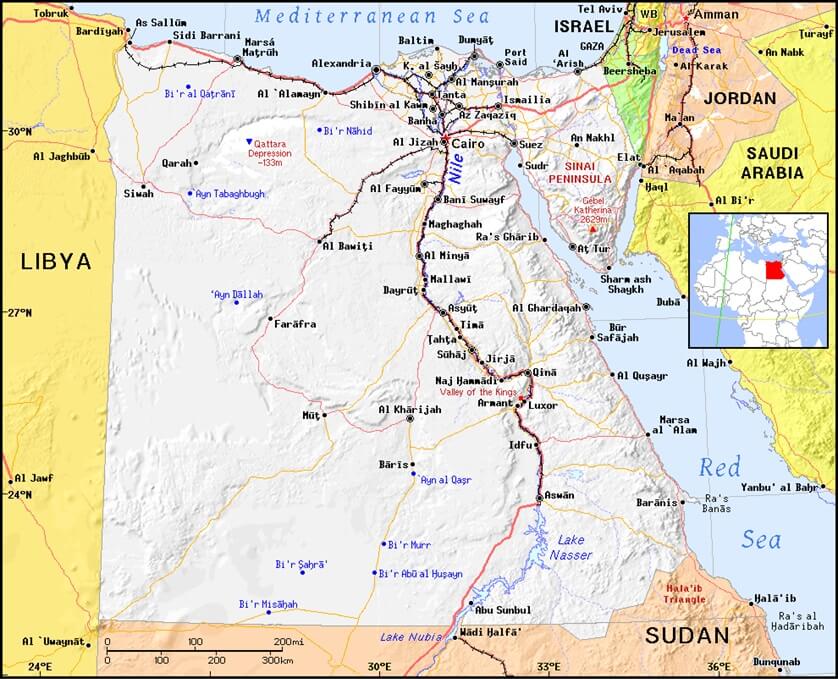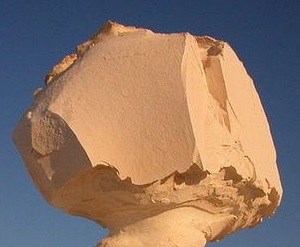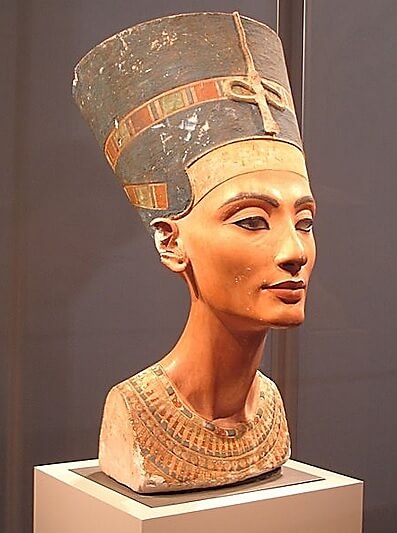Activity 1: Study the Sculpture Materials
- Limestone
- Stucco (Spread Over Brick)
- Quartz
- Beeswax
Activity 2: Can You Find It?
Find the following in the artwork:
- Cobra
- Blue Crown
- Flowered Collar
- Bust
- Nefertiti
Activity 3: Narrate the Artwork
- After studying the sculpture, describe it aloud using your own words.
Activity 4: Complete Vocabulary Activities
- While studying the new words, point out any you see in the painting.
- Define each of the vocabulary words in your own words.
Activity 5: Color the Artwork

- Click the crayon above, and complete page 18 of 'Art History Coloring Pages for Second Grade.'






